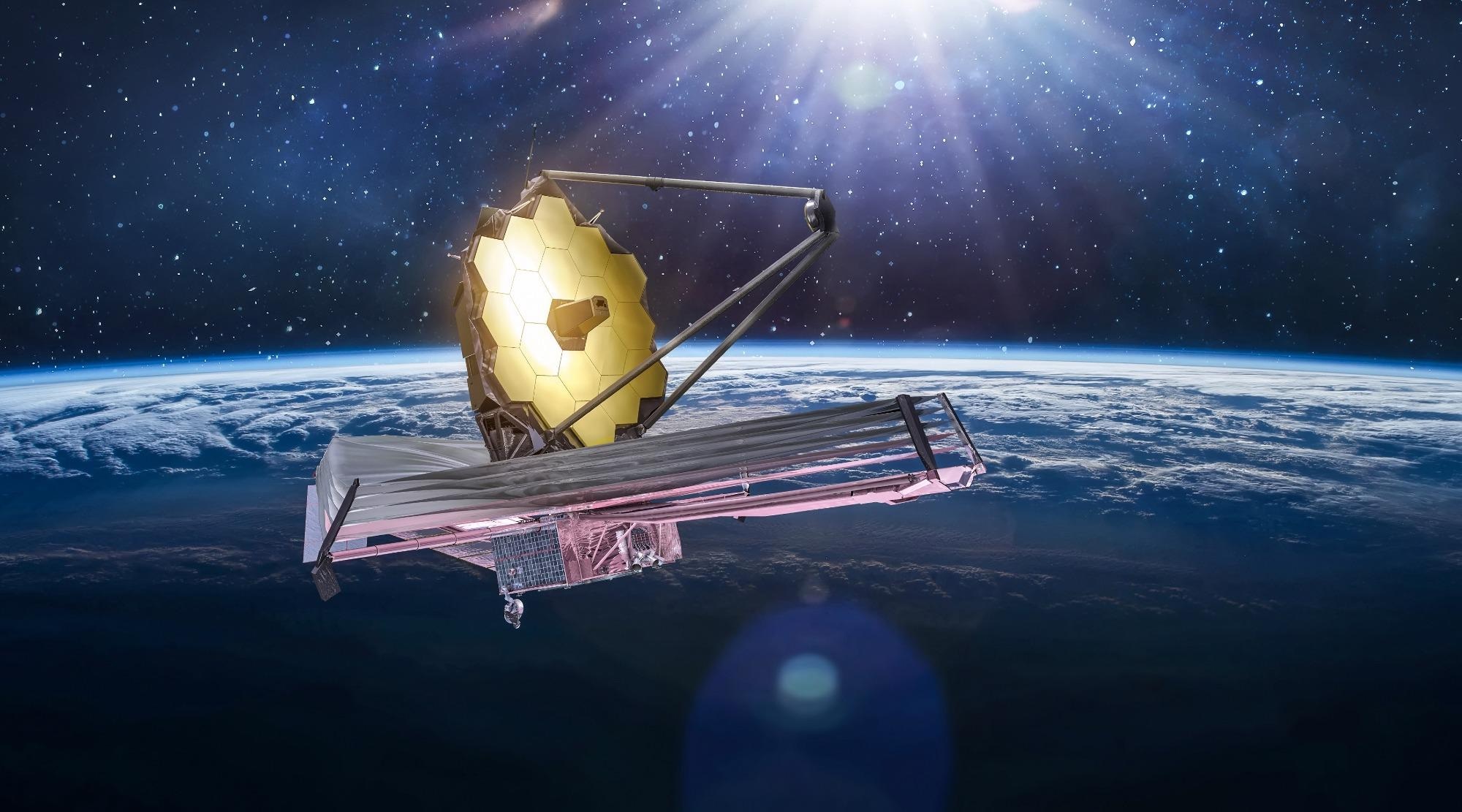
Image Credit: Shutterstock.com/Dima Zel
Now, a group of researchers based at the University of California, Santa Cruz, have now developed a framework for those conditions to help guide scientists in assessing the habitability of other worlds on exoplanets.
This research comes at a time when NASA, having launched the James Webb Telescope fairly recently, in December 2021, has the capability to evaluate exoplanets in greater detail than with previous technology.
Published in the journal Proceedings of the national Academy of Sciences (PNAS), the UC Santa Cruz team revealed that if atmospheric methane is present alongside three other key factors, then this could signal the presence of a biosignature – an indicator of past or present life.
Other factors include the presence of carbon dioxide in the exoplanet’s atmosphere as well as if the planet is water-rich or not, and if the methane present exceeds that of carbon monoxide.
One molecule is not going to give you the answer — you have to take into account the planet’s full context.
Maggie Thompson, Graduate Student at U.C. Santa Cruz
Pieces of the Puzzle
Although it is well-documented that methane is a potential biosignature, the gas can also come from other non-biological events and processes, including volcanic activity, mid-ocean ridges, and other geological formations. So the team was committed to making sure the framework took into account any other factors that could contribute to the presence of atmospheric methane.
Methane is one piece of the puzzle, but to determine if there is life on a planet you have to consider its geochemistry, how it’s interacting with its star, and the many processes that can affect a planet’s atmosphere on geologic timescales.
Maggie Thompson, Graduate Student at U.C. Santa Cruz
Thus, as the James Webb telescope starts to get to work in the summer of 2022, it will have the capacity to characterize the atmospheres of transiting planets around low-mass stars, including the TRAPPIST-1 star system.
Furthermore, a newer class of advanced ground-based telescopes may be able to assist in the detection of atmospheric constituents, such as oxygen, water and carbon dioxide, on nearby rocky exoplanets with the application of high-resolution spectroscopy.
Future Methane Detections
This study should be able to build on previous research and offer researchers a framework to go where no other studies have gone before with the support of the James Webb Telescope’s infrared detectors, which along with a plethora of sophisticated engineering, make it the most powerful telescope ever launched into space.
We wanted to provide a framework for interpreting observations, so if we see a rocky planet with methane, we know what other observations are needed for it to be a persuasive biosignature.
Maggie Thompson, Graduate Student at U.C. Santa Cruz
As mentioned, the study itself covers a range of non-biological potential sources for methane while making a case for the reasons that suggest atmospheric methane represents a possible biosignature; because photochemical reactions ruin atmospheric methane, it has to be replenished at a steady rate to be present at significant levels.
Non-biological sources give away some fairly obvious clues as to the source of methane, such as significant outgassing levels of carbon dioxide. Therefore, if the carbon dioxide levels are diminished, this may be because organic life consumes CO2.
The UC Santa Cruz team discovered that non-biological processes do not readily make planet atmospheres that are habitable and rich in both carbon dioxide and methane and with only low levels of carbon monoxide.
Thus, the study, aided by the technology, should allow researchers looking for biosignatures on alien worlds to construct a more accurate assessment of what planets show promise for habiting biological life-forms.
While there is still some work to go, the team hopes that their framework can help unlock some of the secrets held in the data transmitted from the James Webb Telescope to get a deeper understanding of the mechanisms of exoplanets and distant star systems.
References and Further Reading
Thompson, M., Krissansen-Totton, J., Wogan, N., Telus, M. and Fortney, J., 2022. The case and context for atmospheric methane as an exoplanet biosignature. Proceedings of the National Academy of Sciences, [online] 119(14). Available at: https://www.pnas.org/doi/10.1073/pnas.2117933119
Disclaimer: The views expressed here are those of the author expressed in their private capacity and do not necessarily represent the views of AZoM.com Limited T/A AZoNetwork the owner and operator of this website. This disclaimer forms part of the Terms and conditions of use of this website.